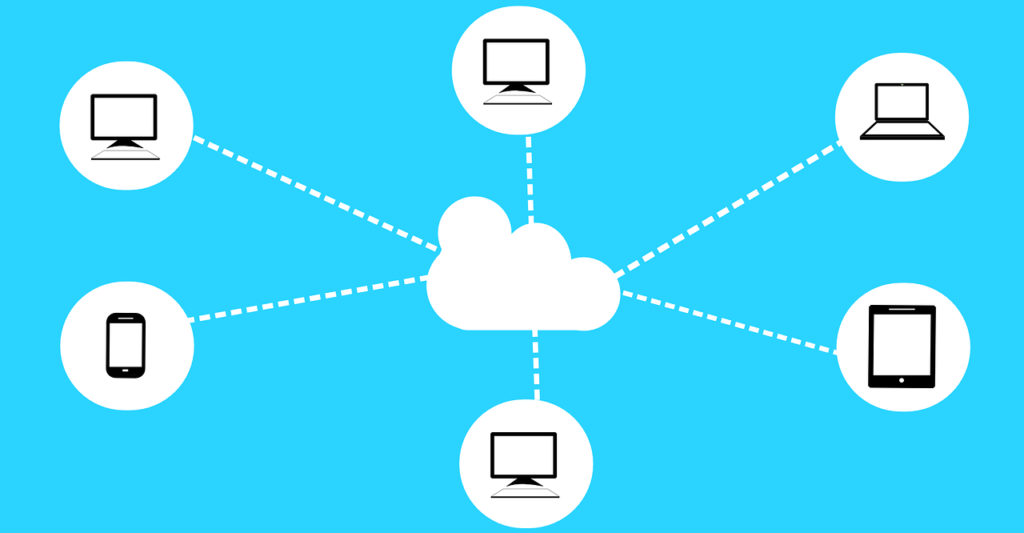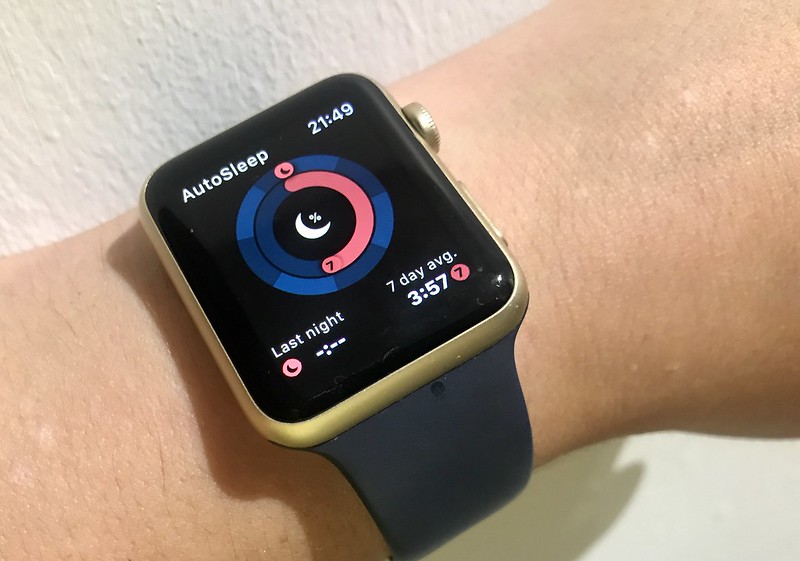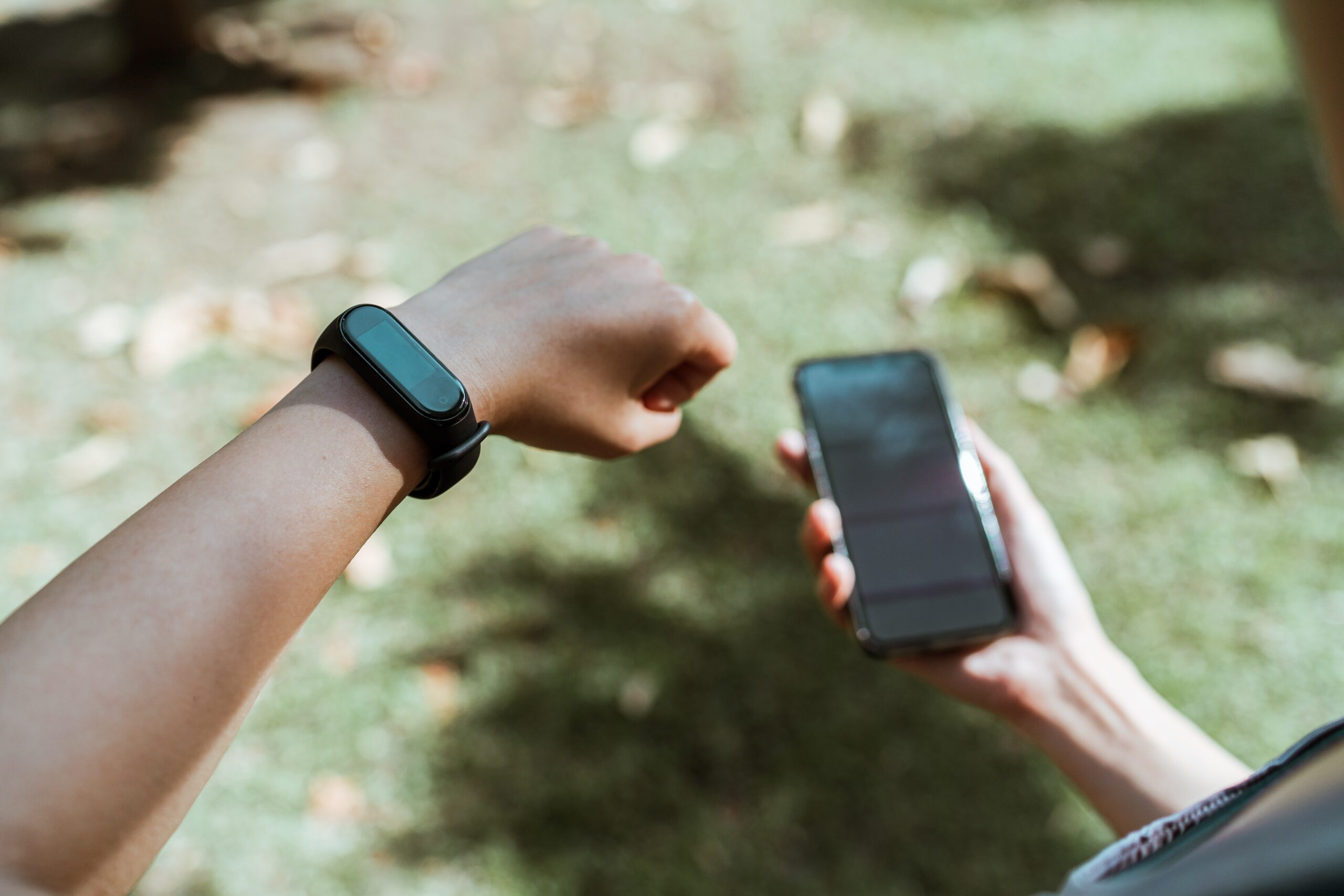Embracing Motion and Activity Detection
Wearable technology, replete with advanced features such as motion, activity detection, is shaping our lives in unimaginable ways. Whether it’s the ubiquity of fitness trackers or smartwatches that adorn almost every wrist of late, the advancement of wearable technology has created a significant impact on our day-to-day life, particularly on how we monitor our health and wellness. A 2020 study1 by the University of Sydney found that activity trackers (wearables) are effective in improving physical activity, with an average increase of around 2000 steps per day, which has the potential to lower the risk of heart disease, diabetes and even some types of cancer.
This blog sheds light on the impressive world of wearable technology, its benefits, and the integration of BLE (Bluetooth Low Energy), Wi-Fi, and cloud technology.

Decoding Motion Detection in Wearable Technology
Motion detection is an integral part of wearable technology. It’s based on the intricate network of tiny sensors such as accelerometers and gyroscopes. These are instrumental in measuring the movement and orientation in a three-dimensional space, thereby enabling the wearable technology to capture and scrutinise the physical activity patterns of its users.
Accelerometers assess both static forces such as gravity and dynamic forces like abrupt movements or speed alterations. Gyroscopes, however, measure angular velocity or the rate of rotation around an axis. The combination of data from these sensors provides wearable technology with a comprehensive overview of the user’s movement, facilitating precise activity tracking.
The Advantages of Activity Tracking in Wearable Technology
Wearable technology, empowered by motion detection capabilities, offers a broad spectrum of activity tracking features. This not only furnishes users with valuable insights into their physical activity levels but also improves their overall wellness. The key benefits are:
Step Count and Distance Tracking:
Wearable technology measures the step count and computes the distance traversed throughout the day. This data is essential for setting fitness goals, endorsing an active lifestyle, and monitoring progress over time.
Calorie Expenditure:
Wearables analyse the intensity and duration of physical activity to estimate the number of calories burned, thereby assisting in maintaining a healthy balance between calorie intake and expenditure.
Activity Recognition:
Wearable technology uses advanced algorithms and machine learning techniques to recognize specific activities such as walking, running, cycling, trampolining, gymnastics, climbing stairs, etc. This provides a seamless experience by accurately tracking users’ activities without manual input.
Sleep Monitoring:
Wearables equipped with motion sensors can also monitor sleep patterns and quality, helping users to enhance their sleep hygiene.

Posture Correction:
Certain wearables employ motion detection to monitor and provide feedback on posture, assisting users to maintain better posture throughout the day.
Sports and Fitness Performance Analysis:
For athletes and fitness enthusiasts, wearables with motion detection capabilities are invaluable. These devices can measure metrics like swing speed, rotation, and body alignment during various sports activities, offering insights to improve technique and performance. Eg., Coaches and players in Cricket and Baseball use wearable technology (on the players’ bats, arms, & feet) to perform in-depth motion analysis2 to identify flaws and weaknesses and to address them
Harnessing the Power of BLE, Wi-Fi, and Cloud in Wearable Technology
- Self-processing Wearable Devices: Devices in this category collect user data, process it within the device itself, and send it to a mobile app over a BLE connection. While this type of device consumes more power compared to others, it allows for direct cloud database connection through mobile, facilitating cloud data analysis based on user activity.

- Cloud-dependent Wearable Devices: These devices collect requisite data and transmit it to the cloud via an application using BLE, Wi-Fi, etc., and run algorithms in the cloud server. This process transforms the raw data into valuable insights for the user, which is then sent back to the paired smartphone or the wearable device.

In essence, the integration of BLE, Wi-Fi, and cloud technology into wearable devices has elevated their functionality and transformed how we monitor our health and fitness, paving the way for a future where wearable technology is an indispensable part of our lives.
Written by Parth Sanepara | Embedded Software Engineer, Thingularity
References:
